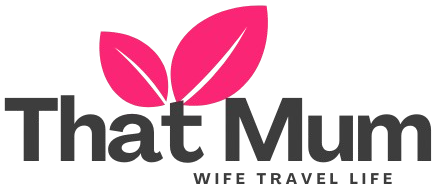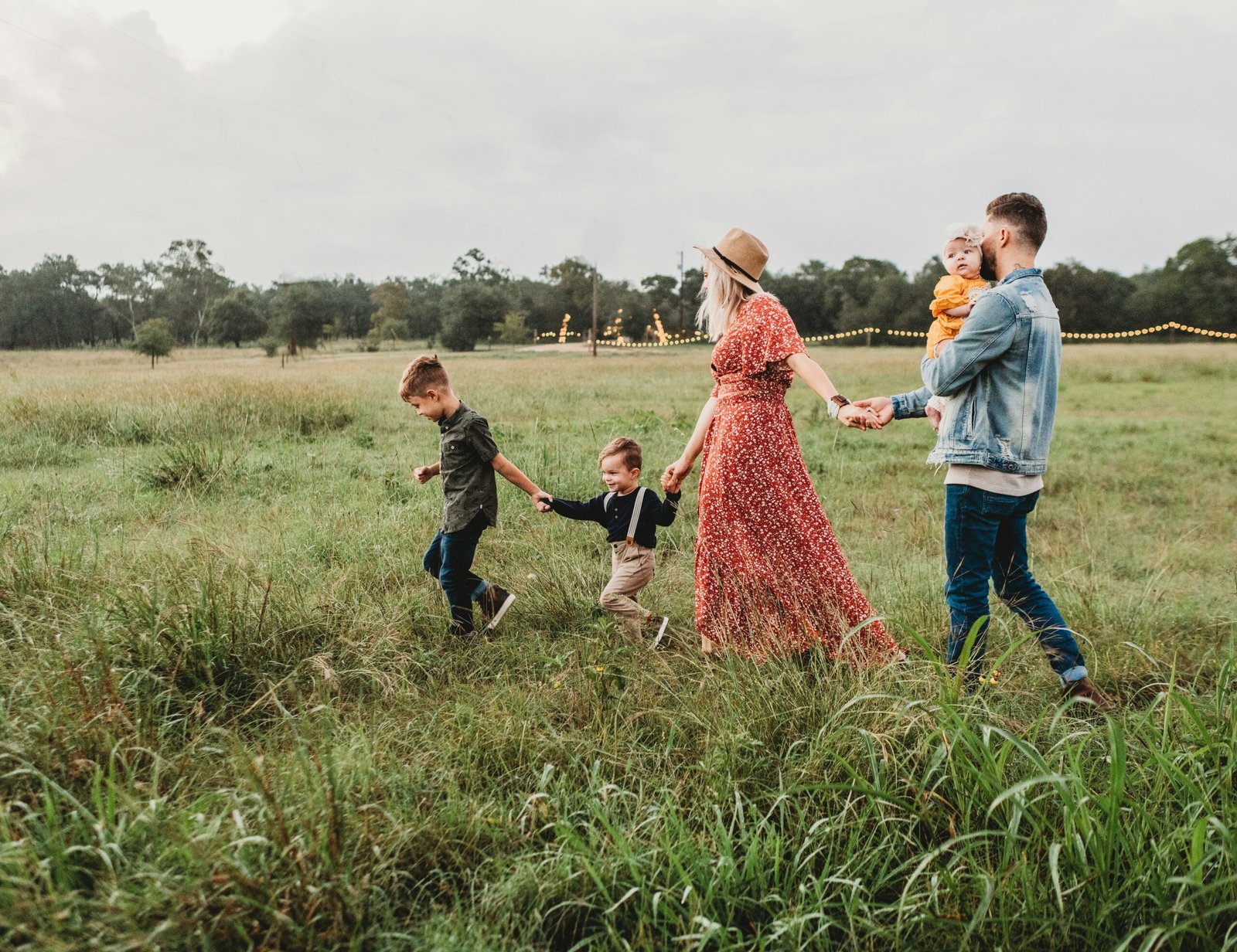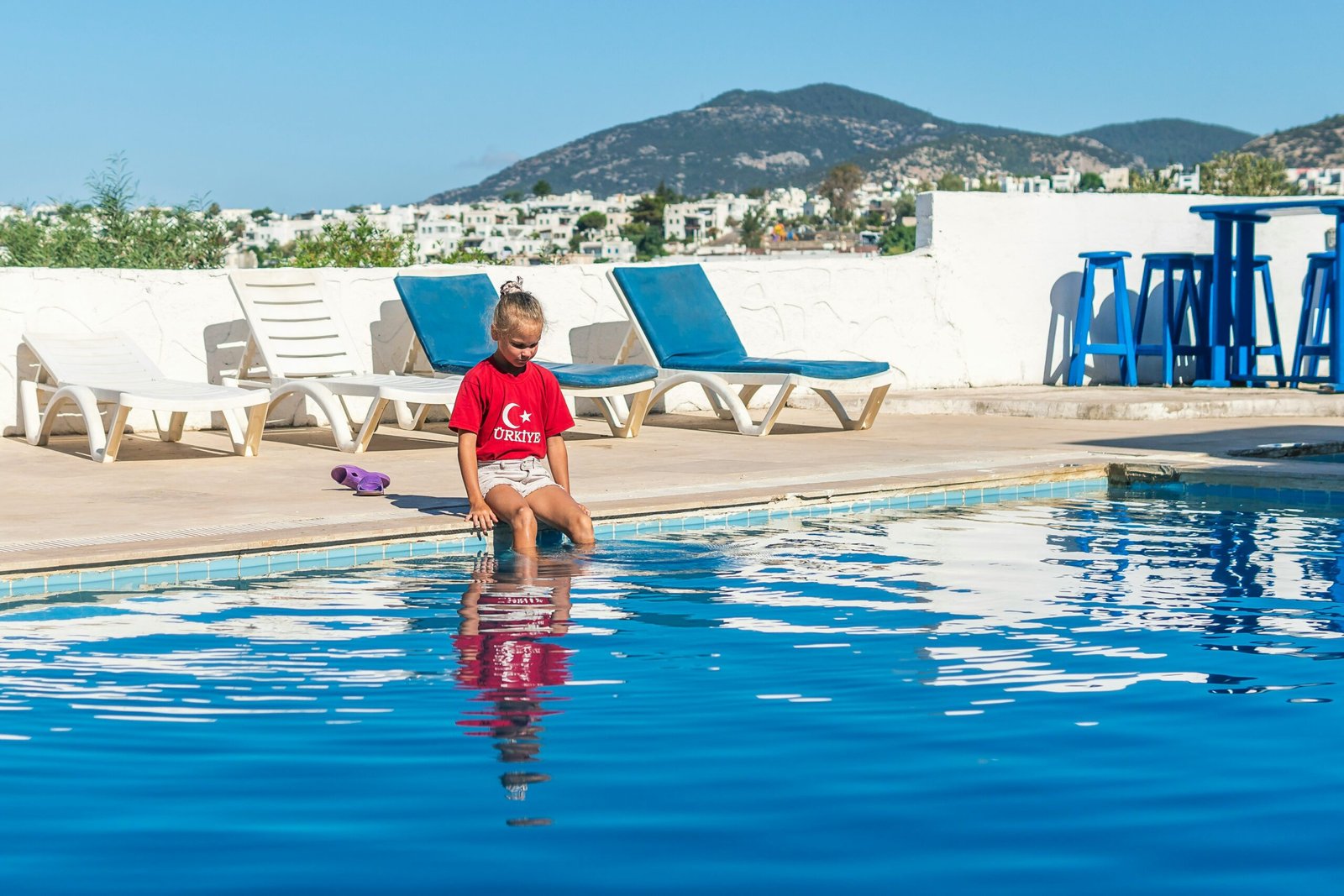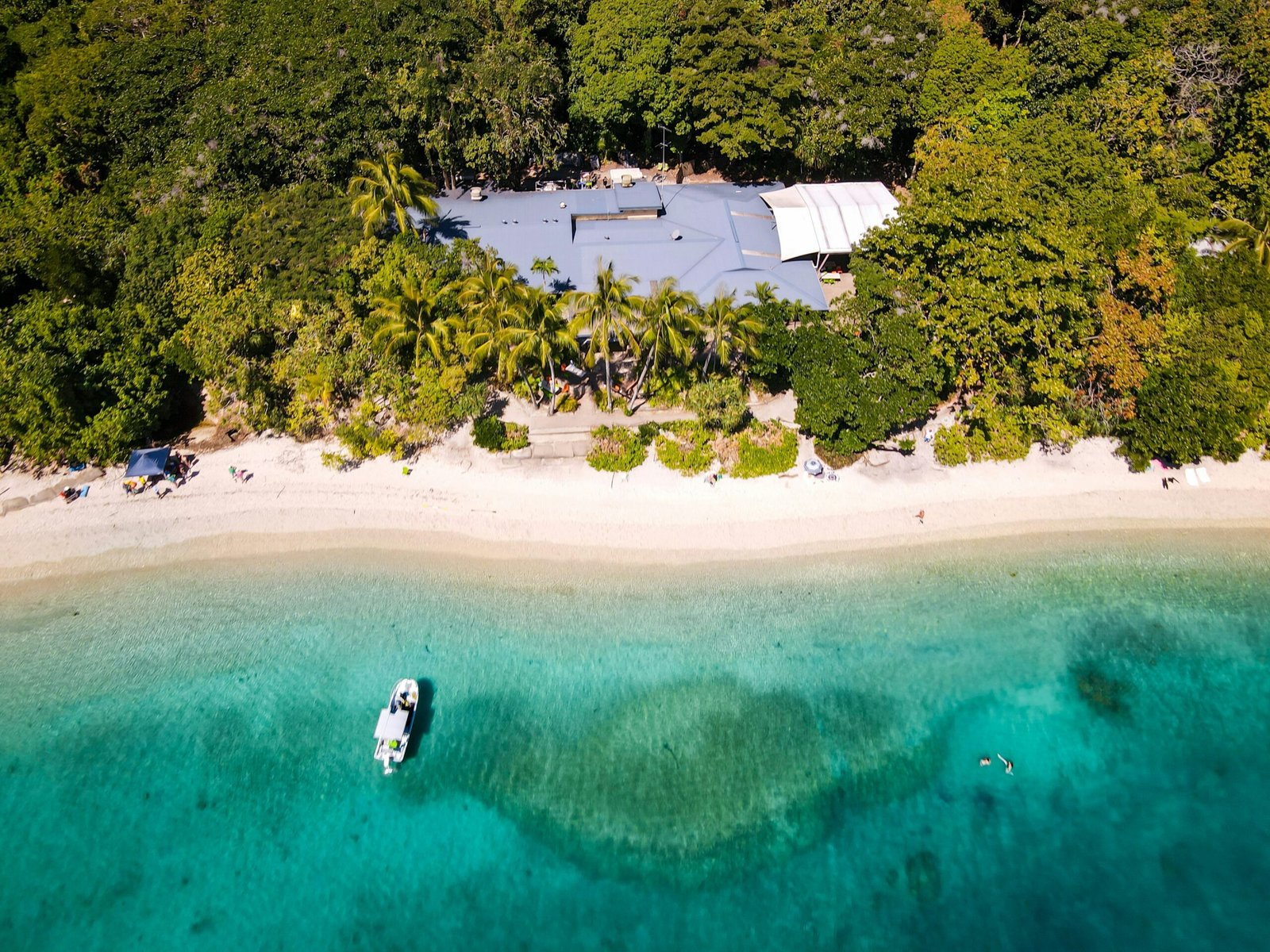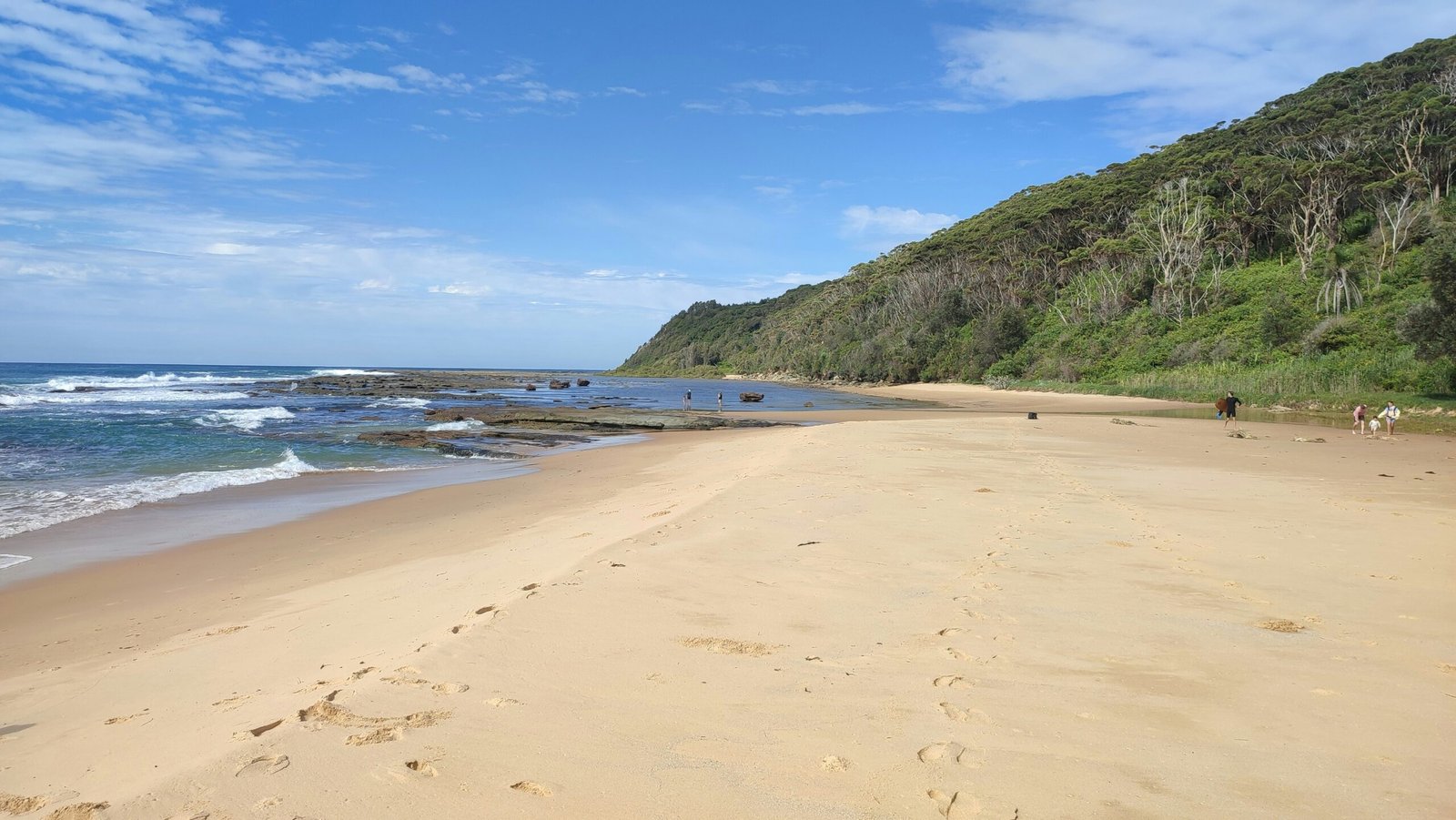How to Travel Australia on a Budget With Kids
Traveling Australia with kids on a budget is achievable with smart planning. You can save on accommodations by house sitting, home exchanges, or staying at holiday parks. Use public transit, rideshares, or rent a car for affordable transportation. Explore free attractions like beaches and national parks, and take advantage of free walking tours and museums. Save on food by cooking meals, visiting local markets, and looking for “kids eat free” deals. Consider traveling during the off-season for discounts and fewer crowds. Utilize money-saving apps for deals on attractions, accommodations, and activities. With these strategies, you’ll gain access to a world of budget-friendly family adventures Down Under.
Affordable Accommodation Options
In spite of Australia’s reputation for being expensive, you’ll find plenty of budget-friendly accommodation options for your family. Consider house sitting opportunities, which allow you to stay in someone’s home for free while caring for their property and pets. This option not only saves money but also provides a more authentic local experience.
Home exchange programs are another excellent way to cut costs. Swap your home with an Australian family, giving you a comfortable base for your travels without spending a dime on lodging. If these options aren’t available, look into holiday parks and caravan sites, which often offer affordable cabins or powered sites for campervans.
Hostels are no longer just for backpackers; many now cater to families with private rooms and shared facilities. For longer stays, consider renting an apartment or holiday home, which can be more cost-effective than hotels, especially when cooking your own meals. Don’t overlook off-season travel, as accommodation prices can drop dramatically during quieter periods. Additionally, explore less touristy areas where prices tend to be lower, allowing you to stretch your budget further while discovering hidden gems.
Budget-Friendly Transportation
Once you’ve secured affordable accommodation, your next challenge is getting around Australia without breaking the bank. Fortunately, there are several budget-friendly transportation options available for families exploring the country.
In major cities like Sydney, Melbourne, and Brisbane, take advantage of extensive public transit options. Buses, trains, and trams offer affordable ways to navigate urban areas. Look for family or group passes to save even more.
For longer journeys between cities, consider overnight buses or trains to combine transportation and accommodation costs.
If you’re planning to explore rural areas, renting a car might be necessary. Compare prices from different agencies and book in advance for the best deals. Consider rideshare opportunities with other travelers to split costs, especially for day trips or longer journeys.
For coastal exploration, ferries can be an economical and scenic option. Some routes, like the Spirit of Tasmania, even allow you to bring your own vehicle. Ultimately, don’t overlook walking and cycling in pedestrian-friendly areas – it’s free, healthy, and allows you to experience Australia’s beauty up close.
Free and Low-Cost Attractions
With a plethora of free and low-cost attractions, Australia offers families plenty of budget-friendly entertainment options. You’ll find an abundance of family-friendly events and activities that won’t break the bank.
Start by exploring Australia’s stunning beaches, where you can swim, surf, or build sandcastles at no cost. Many cities offer free walking tours, allowing you to discover local history and culture while stretching your legs. Visit public museums and art galleries, which often have free admission or discounted family rates.
Take advantage of Australia’s beautiful national parks, where you can hike, spot wildlife, and enjoy picnics amid breathtaking scenery. Many parks offer free ranger-led programs and educational activities for children. In urban areas, seek out public playgrounds and botanical gardens for budget-friendly outdoor fun.
Check local community calendars for free festivals, markets, and cultural events. These often feature live music, food stalls, and children’s activities. Libraries frequently host free storytimes and craft sessions for kids. Don’t forget to look for special family deals at popular attractions, as many offer discounted rates during off-peak hours or seasons.
Saving on Food and Dining
How can you keep your family fed without draining your travel budget? Australia offers plenty of options for savvy travelers looking to save on meals.
One of the best ways to cut costs is by preparing your own food. Pack a cooler and stock up on groceries from local supermarkets to make packed lunches for day trips and outings. This not only saves money but also allows you to enjoy picnics in scenic locations.
Take advantage of local markets to sample fresh produce and regional specialties at affordable prices. Many markets offer ready-to-eat options that are perfect for quick, budget-friendly meals.
When dining out, consider these money-saving strategies:
- Look for “kids eat free” deals at restaurants, especially during off-peak hours
- Opt for takeaway meals and enjoy them in parks or at your accommodation
- Share larger portions among family members instead of ordering individual meals
- Seek out food courts in shopping centers for varied, affordable options
Off-Season Travel Benefits
Traveling during Australia’s off-season can dramatically reduce your family’s vacation costs while offering unique experiences. From May to September, you’ll find cooler temperatures and fewer tourists, making it an ideal time for budget-conscious families.
Take advantage of seasonal discounts on accommodations, attractions, and tours during these months. Many hotels and resorts offer lower rates, and you might score deals on activities that would be pricier during peak season. Reduced crowds mean shorter queues at popular attractions, allowing you to see and do more without the hassle.
Off-season travel also provides opportunities for unique experiences. You can witness stunning wildflower blooms in Western Australia or enjoy whale watching along the east coast. In the north, the dry season brings perfect weather for exploring national parks and the Outback.
Consider visiting tropical destinations like Queensland during this time, as you’ll avoid the wet season and still enjoy warm temperatures. Just be prepared for slightly cooler evenings in southern regions. By embracing off-season travel, you’ll stretch your budget further and create memorable experiences for your family without the peak-season crowds and prices.
Money-Saving Travel Apps
Numerous money-saving travel apps can be your family’s secret weapon for an affordable Australian adventure. These digital tools offer everything from cashback rewards to discounted tickets, helping you stretch your budget further. By leveraging the right apps, you’ll access savings on accommodations, attractions, and transportation across the continent.
To make the most of your Australian journey, consider downloading these essential money-saving apps:
- Groupon: Score discounted tickets to popular attractions and activities, perfect for family-friendly outings.
- Honey: Automatically apply coupon codes to your online bookings, ensuring you get the best deals on flights and hotels.
- GasBuddy: Find the cheapest fuel prices along your road trip route, saving money on transportation costs.
- Shopback: Earn cashback rewards on your travel purchases, from accommodation bookings to car rentals.
Frequently Asked Questions
What’s the Best Age to Travel Australia With Kids?
You’ll find that kids aged 5-12 are ideal for traveling Australia. They’re old enough to appreciate experiences but young enough to enjoy family-friendly destinations. You’ll create lasting memories as they explore beaches, wildlife, and cultural sites together.
Are There Any Child-Specific Vaccinations Required for Australia?
You don’t need child-specific vaccinations for Australia, but guarantee your kids are up-to-date on routine immunizations. Check government travel advisories for the latest recommended vaccinations. It’s always wise to consult your pediatrician before traveling internationally.
How Safe Is Australia for Family Travel?
Australia is generally very safe for family travel. You’ll find low crime rates and few safety concerns. However, it’s always wise to take standard precautions. Stay aware of your surroundings and follow local guidelines for a worry-free trip.
What’s the Best Time of Year for Whale Watching in Australia?
You’ll find the best whale watching from May to November. Ideal weather conditions occur during winter and spring. Head to prime whale migration locations like Hervey Bay, Queensland, or the Great Australian Bight for unforgettable encounters with these magnificent creatures.
Are There Any Cultural Etiquette Tips for Families Visiting Indigenous Communities?
When visiting indigenous communities, you’ll want to respect local customs. Don’t photograph without permission. Listen more than you speak. Dress modestly and ask before entering sacred sites. Be open to learning about their rich culture and traditions.
Conclusion
You’ve now got the tools to explore Australia with your kids without breaking the bank. Remember to be flexible, plan ahead, and take advantage of free attractions and budget-friendly options. Don’t forget to use money-saving apps and consider traveling during the off-season. With these tips, you’ll create unforgettable family memories while keeping your wallet happy. So pack your bags, gather the kids, and get ready for an amazing Australian adventure on a budget!
